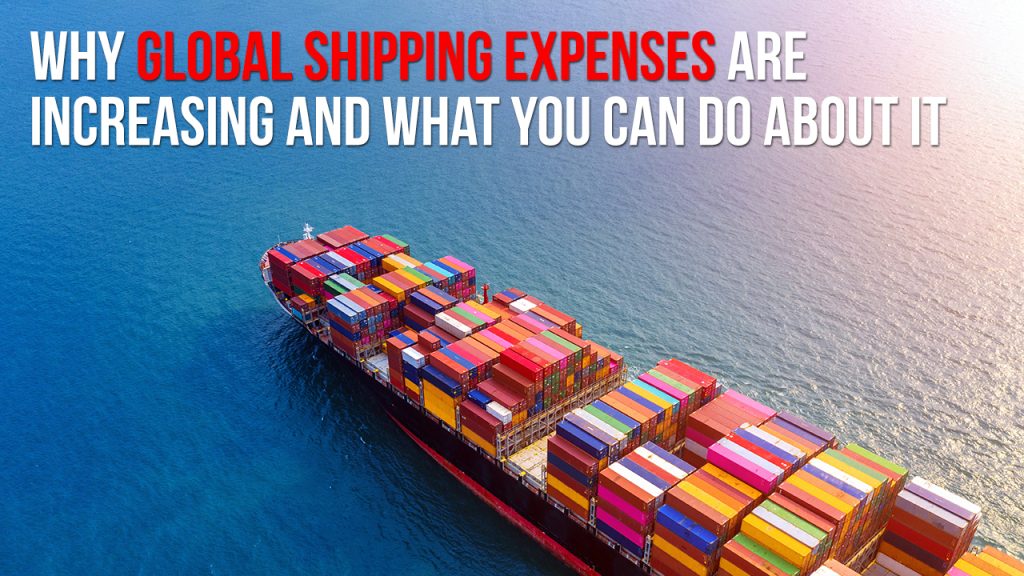If you’re involved in international trade, you may have noticed a recent increase in global shipping expenses. This can be attributed to a variety of factors, including supply chain disruptions, increased demand, and rising fuel costs. While this may be concerning for businesses, there are steps you can take to mitigate the impact and keep your operations running smoothly.
Understanding the factors driving the increase in shipping costs.
The recent increase in global shipping expenses can be attributed to a variety of factors. One major factor is supply chain disruptions caused by the COVID-19 pandemic, which have led to delays and increased demand for shipping services. Additionally, rising fuel costs and a shortage of shipping containers have contributed to the increase in shipping expenses. It’s important for businesses to understand these factors in order to make informed decisions about their shipping strategies and mitigate the impact on their bottom line.
Strategies for negotiating better rates with carriers.
Negotiating better rates with carriers can help mitigate the impact of rising global shipping expenses on your business. One strategy is to consolidate your shipments to reduce the number of individual shipments you make, which can lead to better rates. Additionally, consider working with a freight forwarder or logistics provider who can negotiate on your behalf and provide access to discounted rates. Finally, be sure to regularly review your shipping contracts and rates to ensure you are getting the best deal possible.
Optimizing your supply chain to reduce shipping expenses.
One effective way to reduce global shipping expenses is to optimize your supply chain. This involves analyzing your entire shipping process, from order placement to delivery, and identifying areas where you can streamline and improve efficiency. For example, you may be able to reduce shipping distances by sourcing materials or products from closer locations, or by consolidating orders to reduce the number of shipments. Additionally, investing in technology such as automated inventory management systems can help you better track and manage your shipments, reducing the risk of delays or errors that can lead to additional expenses.
Leveraging technology to streamline shipping processes.
In today’s digital age, technology can be a powerful tool for businesses looking to optimize their shipping processes and reduce expenses. Automated inventory management systems, for example, can help you track inventory levels in real time, reducing the risk of stockouts or overstocking. Additionally, shipping software can help you compare rates from different carriers and choose the most cost-effective option for each shipment. By leveraging technology in this way, you can streamline your shipping processes and reduce expenses, ultimately improving your bottom line.

Considering alternative shipping methods and providers.
As global shipping expenses continue to rise, it may be worth considering alternative shipping methods and providers. For example, you could explore the option of using a freight forwarder, who can consolidate your shipments with those of other businesses to reduce costs. Additionally, you could consider using a regional carrier instead of a global carrier for certain shipments. It’s important to do your research and compare rates and services to find the best option for your business. Don’t be afraid to negotiate with carriers or ask for discounts based on your shipping volume.

